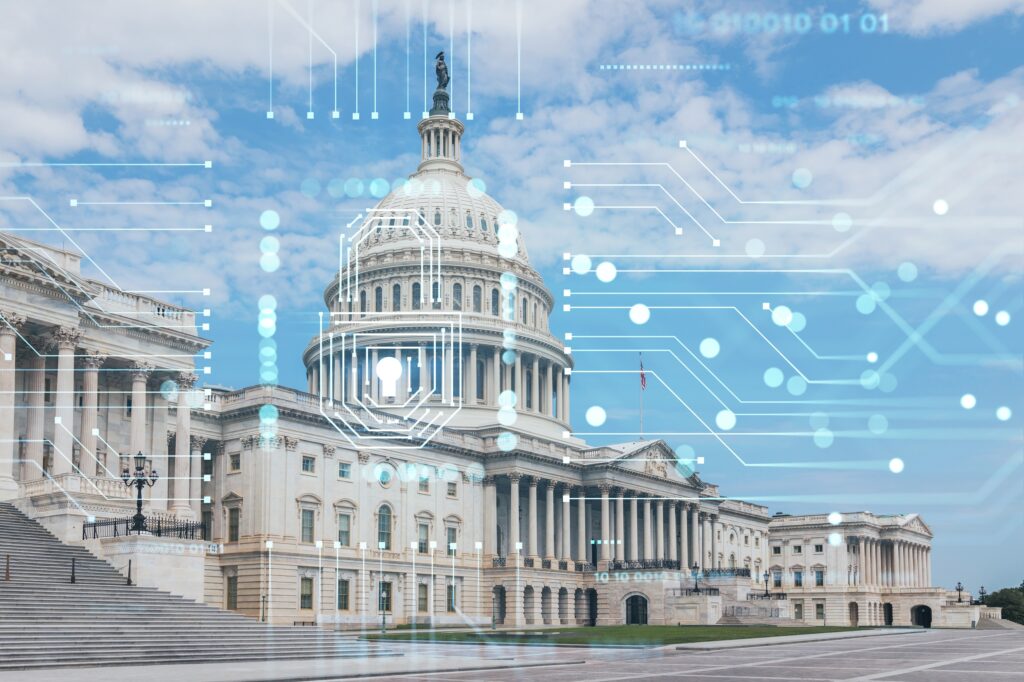Self-driving cars could cut parking revenues
There were groans all across Sacramento when the City Council approved yet another expansion of parking zones around Golden 1 Center, the city’s new $507 million arena. The council appears intent to finance its $255 million portion of the construction tab partly with parking rate increases that will raise the cost by 50 percent for leaving a vehicle downtown.
Sacramento is not unique, having joined a lengthy list of cities that have made a long-term bet on parking as a revenue source. The bet seems like a good one since cars now spend the vast majority of time parked, putting spaces at a premium in increasingly dense cities. Cities can raise the cost of parking because demand outstrips supply.
The biggest threat to parking revenue has been an economic downturn that might force some commuters onto public transit, but a new threat is emerging – self-driving vehicles.
For municipal governments relying on parking revenue to repay debt, the arrival of autonomous vehicles should be a cause for worry because they can spend much less time stationary. Vehicles could return home and be summoned later, or could be shared by family members. Or it could become cost-efficient not to own a vehicle at all – simply to order one only when needed.
Under any of these scenarios, demand for municipal parking will begin to ebb and revenue could fall through the floor. In Sacramento, such a development could seriously endanger the city’s financial well-being. It is responsible for about $20 million in annual debt service on the arena, nearly a third from parking revenue.
Of course, the problem of self-driving vehicles is only real if they are able to deliver on their promise during the city’s repayment period. But that period is 35 years, and given the rapid development of autonomous vehicles, it’s a good bet that Sacramento’s reliance on parking revenue is going to be in serious doubt.
But the news is not all bad for cities like Sacramento. It’s not inconceivable that personalized autonomous transportation will lessen the need for expensive investments in, for instance, urban rail. That money could help offset diminished parking revenue. Or, if the city preferred to embrace the future of urban transportation, it could redirect funds now maintaining a creaking mass-transportation system toward a user-friendly and individualized public transportation system.
The future is always in flux, but Sacramento and other cities need to find a way to structure their financial destinies with the coming transportation revolution in mind. For Golden 1 Center, that time has already passed.








